Solving Equipment Reliability Issues with Comprehensive Above NEMA frame Motor Upgrades
When it comes to industrial plants, equipment reliability is paramount. Downtime can result in significant financial losses and production delays. One of the critical components in ensuring reliable plant operation is the motors that drive essential processes. Large electric motors are often the workhorses of industrial facilities, but as technology advances, older motors can become a liability. In this blog post, we will explore the benefits of upgrading to high-efficiency motors, the seamless integration of drop-in replacements, advanced features for improved reliability, achieving long-term cost savings through energy efficiency, and custom solutions for unique challenges in plant engineering.
The Value of Upgrading to High-Efficiency Motors
The transition to high-efficiency motors represents a pivotal shift toward sustainability and operational efficiency in the industrial realm. The above NEMA frame motors, pivotal in driving the core processes of many facilities, often run on outdated technology that falls short in energy efficiency and performance reliability. Upgrading these motors to high-efficiency counterparts leads to reduced energy usage and significantly diminishes the costs associated with maintenance and operation. Introducing fully interchangeable motors as mechanical drop-ins streamline the replacement procedure, enabling a swift and efficient upgrade with minimal disruption to ongoing operations. Considering the substantial portion of energy consumed by motors in industrial sites, the shift to high-efficiency models has the potential to effectuate considerable energy savings. This strategic move aligns with environmental sustainability goals and bolsters the bottom line by reducing energy expenditures. Enhanced efficiency further reduces heat generation, lowering the stress on motor components and extending their lifespan, thereby fortifying the foundation of a more reliable and cost-effective operation.
Ensuring Seamless Integration with Drop-in Replacements
A key benefit of modern motor upgrades is their design for seamless integration, eliminating the need for extensive modifications to existing setups. These new units are engineered to match the precise specifications of the motors they replace, ensuring that they fit perfectly into the current infrastructure without necessitating significant downtime for installation. This feature is particularly advantageous as it leverages the existing mechanical and electrical configurations, such as coupling, conduit hubs, and foundation mounts. Doing so makes the transition to more efficient and reliable equipment smooth and straightforward, allowing plant operations to maintain continuity. This approach simplifies the upgrade process and accelerates the return to total operational capacity, minimizing any potential impact on production schedules. The strategic design of these motors to be electrically equivalent and mechanically interchangeable with older models underscores a commitment to enhancing plant efficiency with minimal disruption.
Leveraging Advanced Features for Improved Reliability
Upgrading motors isn't just about energy efficiency; it's also about incorporating cutting-edge features that enhance overall reliability. Today's motors are engineered to meet the highest industry standards, including integrating sophisticated monitoring systems and full compatibility with Variable Frequency Drives (VFDs). These advancements empower plant engineers with the tools to adopt predictive maintenance strategies, effectively foreseeing and mitigating potential issues before they escalate into costly downtimes. The capacity to monitor motor performance in real time and adjust operational parameters accordingly optimizes longevity and ensures consistent, reliable performance. Furthermore, compatibility with VFDs allows for precise control over motor speed and torque, reducing wear and tear and extending the motor's life. By embracing these modern enhancements, facilities can significantly improve operational reliability, maintaining seamless productivity and safeguarding against unexpected equipment failures.
Achieving Long-term Cost Savings through Energy Efficiency
Investing in high-efficiency motor upgrades is a strategic move that pays dividends in the long run. These advanced motors utilize less power for the same level of performance, directly translating to substantial energy savings. The ripple effect of this reduction in energy consumption is a noticeable decrease in utility costs, which can offset the initial expenditure on new motor technology over time. Additionally, the inherent reliability of these upgraded motors reduces the frequency and severity of maintenance interventions. This reliability, stemming from less wear and tear and the ability to operate at optimal efficiency, means that operational costs are further curtailed. Maintenance becomes less of a reactive task and more of a planned, cost-effective activity. Coupled with the potential for integrating with modern control systems, such as VFDs, for optimized performance, the path to achieving long-term cost savings is clear. This investment not only ensures a reduction in energy bills but also contributes to a lower total cost of ownership, making high-efficiency motor upgrades an economically sound decision for industrial facilities focused on achieving cost-effective operational excellence.
Malloy Custom Solutions for Unique Challenges
Navigating the complexities of motor upgrades in industrial settings requires a bespoke approach. Unique operational demands, spatial constraints, and system compatibility concerns necessitate a level of customization that goes beyond off-the-shelf solutions. Above NEMA frame motors, renowned for their robust performance and adaptability, present an ideal platform for these personalized upgrades. By engaging in a collaborative process with Malloy, plant engineers have the opportunity to design motor solutions that are precisely calibrated to their facility's specific requirements.
This tailored approach enables the integration of motors that fit physically into the existing infrastructure and align with the unique performance characteristics required by each application. Whether the challenge lies in accommodating a constrained footprint, achieving compatibility with legacy systems, or meeting specialized performance criteria, custom-engineered solutions ensure that every aspect of the motor upgrade enhances operational efficiency and reliability.
Furthermore, the customization process allows for incorporating advanced technologies and features into the motor design. These enhancements, from specialized cooling systems to custom winding configurations, can significantly improve motor performance and longevity. Specifying exact requirements allows for a level of optimization that can transform the efficiency and reliability of plant operations.
By leveraging the flexibility and technical expertise available through motor manufacturers, plant engineers can confidently address the unique challenges of their facilities. Customized above NEMA frame motor solutions offer a pathway to overcoming these obstacles, ensuring that motor upgrades contribute positively to industrial operations' long-term success and sustainability.


